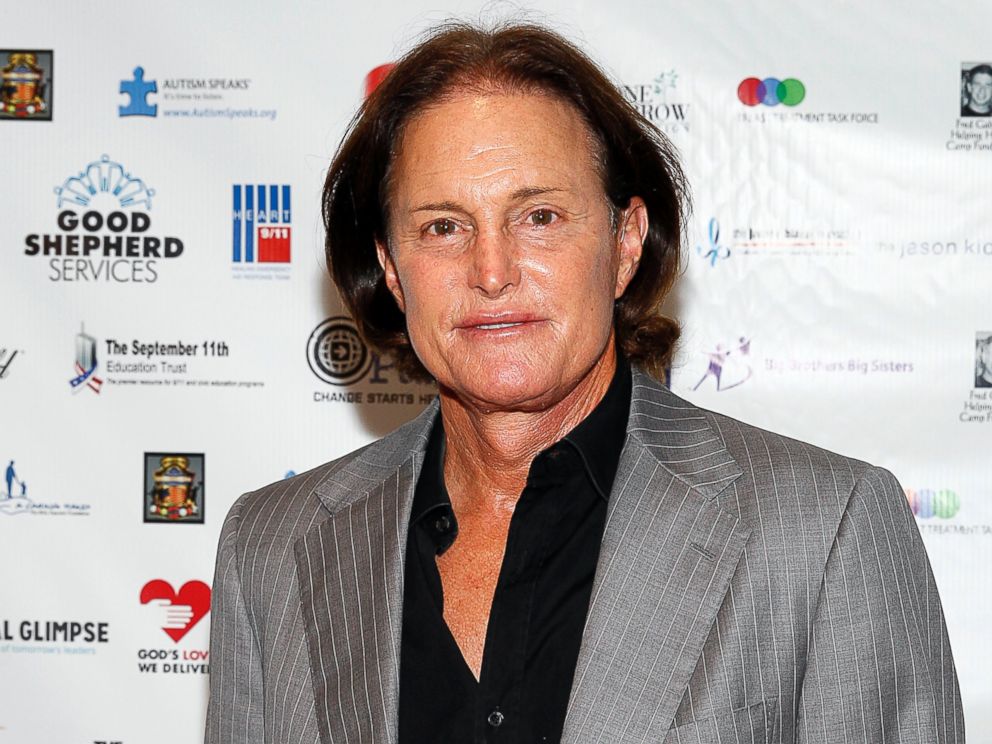Although art seems like it would be more dangerous than medicine, they hold equal risk and danger. As stated in lecture, humans are riding a fine line of human exploration in regard to scientific and artistic practice. Orlan is a prime example of a girl who went through a number of procedures to try and make herself look beautiful. A more recent example would be that of Bruce Jenner expressing himself as a transgender.
Another intersection between medicine and art is ultrasound. Ultrasound is an incredible scientific practice and also an amazing form of art. Witnessing the beauty of an organism that has yet to see the world is incredible scientifically and artistically. Modern technology allowing medicinal practices to perform artistic acts such as these is a remarkable phenomenon.
Sources:
1) Casini, Silvia. “Magnetic Resonance Imaging (MRI) as Mirror and Portrait: MRI Configurations Between Science and Arts.” (n.d.): n. pag. Web. 26 Apr. 2015.
2) Orlan – Carnal Art (2001) Documentary. Dir. Stéphan Oriach. Perf. Orlan. N.d. Film. YouTube. Web. 26 Apr. 2015.
3)Vesna, Victoria. “Http://www.youtube.com/v/Ep0M2bOM9Tk.” Lecture. Medicine pt1 . Youtube, 26 Apr. 2015. Web. 26 Apr. 2015. <http://www.youtube.com/watch?v=Ep0M2bOM9Tk>.
4) Vesna, Victoria. “Http://www.youtube.com/v/psjnQarHOqQ.” Lecture. Medicine pt2 . Youtube, 26 Apr. 2015. Web. 26 Apr. 2015. <http://www.youtube.com/watch?v=psjnQarHOqQ>.
5) Wong, Virgil. “Art Exhibited in Galleries and Museums around the World.” Art. N.p., 2012. Web. 26 Apr. 2015. <http://virgilwong.com/art/>.






